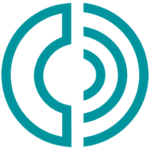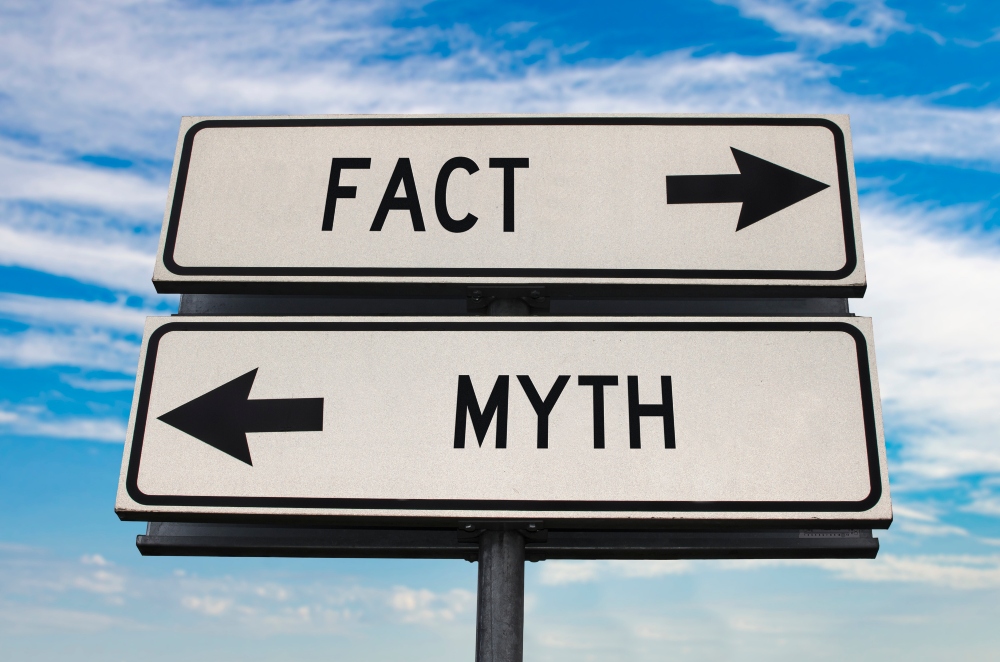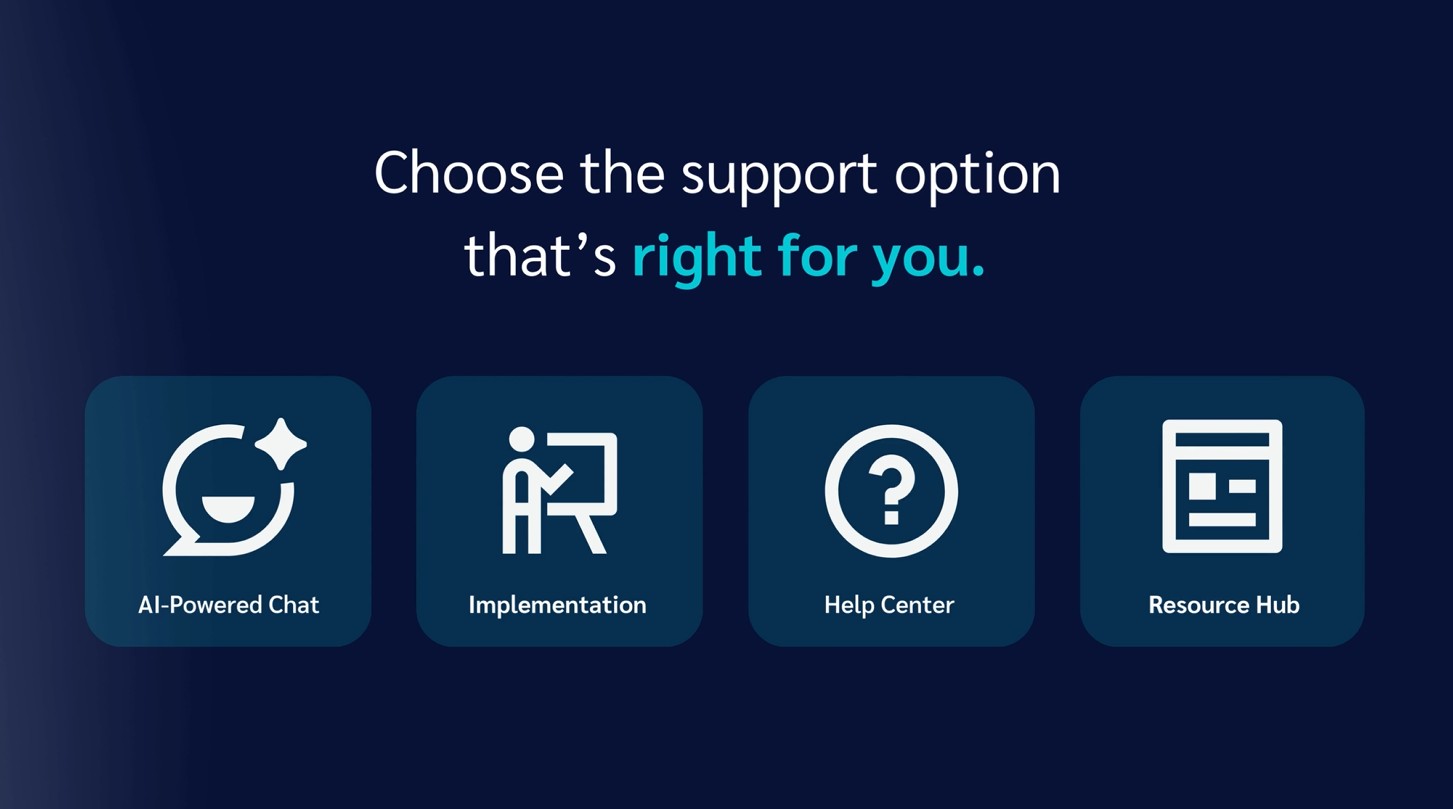Dialing software can be a gamechanger for your outbound calling strategy, but choosing the right type is key. Predictive dialers and auto dialers are both popular options, each with their own unique benefits and drawbacks. Let’s compare them to help you find the best one for your specific needs.
What Is a Predictive Dialer?
A predictive dialer is a type of outbound calling system that uses algorithms and past data to predict when your agents will be free to take a call. It calls multiple phone numbers at the same time, and when an agent is ready, the dialer instantly connects them with a person on the other end. This means less waiting around and more time actually talking to potential customers.
What Is an Auto Dialer?
An auto dialer is a bit simpler. It calls numbers from a list, typically one after the other. Once an agent is free, the dialer connects them to the next call on the list. It is not as advanced as a predictive dialer, but it still removes the need for dialing each number by hand.
Why Choose a Predictive Dialer?
There are many reasons to choose a predictive dialer, whether you are a large call center or business with an outbound sales team.
- Your agents can be more productive: Less time waiting or dialing numbers means your agents can talk to more people in the same amount of time.
- Your call center can be more efficient: Smooth transition between calls and removal of manual dialing allows calls to connect faster, leading to higher overall efficiency.
- You can get more customers: More conversations mean more opportunities to make a sale.
- You can save money: When your team is productive, you might need fewer agents to handle the same number of calls, which can boost your bottom line.
Why Choose an Auto Dialer?
An auto dialer has similar benefits as a predictive dialer, with some differences due to the tool’s simpler design.
- Your agents can talk more: Similar to a predictive dialer, an auto dialer removes the need for your agents to manually dial phone numbers, freeing up time to talk to potential customers.
- You can control more: It allows you to control the pace of calls, which can be helpful for teams with lower call volumes or agents that need more time to get ready between calls.
- You can spend a bit less: Since auto dialers are generally simpler and contain less features than predictive dialers, they tend to be slightly lower cost.
Potential Drawbacks of a Predictive Dialer
Like all tools, even a predictive dialer can have some drawbacks. Luckily, there are ways to reduce their impact.
- It can be a learning curve: You might need some technical help to set it up and keep it running smoothly. The good news is, your provider’s customer support team can usually help you along the way.
- You need to monitor it: Algorithms are not perfect. It is important to monitor metrics, such as your abandoned call rate, so you can adjust your dialer’s settings for optimal performance.
Potential Drawbacks of an Auto Dialer
The main benefit of an auto dialer is that it is typically simple and easy to use, but this also creates inherent limitations in what an auto dialer is able to do.
- It is not as productive or efficient: It dials numbers one by one, which can result in agents waiting longer and missing connections.
- It is more difficult to scale: It may not be the best choice for large call centers or businesses with high call volumes because it cannot handle as many calls at once.
Things to Watch Out for With Both
There are things to watch out for when using both a predictive dialer and auto dialer. Although you cannot avoid these things entirely, different providers may offer features that can help you manage them more easily.
- You need to follow the rules: There are outbound calling and dialer compliance rules that you need to be aware of, such as the Telephone Consumer Protection Act (TCPA). Using a dialer with compliance features can make it easier to avoid fines and legal issues.
- You need to pay attention to customer experience: Dialing software, if not managed properly, can lead to a negative customer experience if customers feel rushed or pressured. A dialer with integrated customer relationship management (CRM) can help you make customer experience a priority.
Which Dialer Is Right for You?
The right dialer for your business depends on various factors, including:
- Your call volume: If you make a lot of calls, a predictive dialer might be a better investment for maximizing efficiency.
- Your budget: While auto dialers sometimes have lower upfront costs, predictive dialers can help you grow your revenue and save money in the long run.
- Your need for advanced features: Predictive dialers tend to offer more advanced features and capabilities, which can enhance your overall sales efforts.
Before making a decision, research different providers, compare features and pricing, and consider booking a demo to experience the dialers firsthand. When evaluating your needs and exploring your options, choose the best dialer to optimize your sales and outbound calling efforts.
Readymode
About Readymode®
Readymode is a cloud-based, outbound customer engagement platform for sales teams. Our all-in-one platform empowers businesses to engage smarter, connect more, and grow their revenue. Along with an industry-leading predictive dialer, our outbound calling solutions include advanced features like fully integrated CRM, built-in compliance tools, and real-time reporting and analytics. Readymode is at the core of the conversation; we’re designed for businesses that want to maximize productivity and scale affordably.








